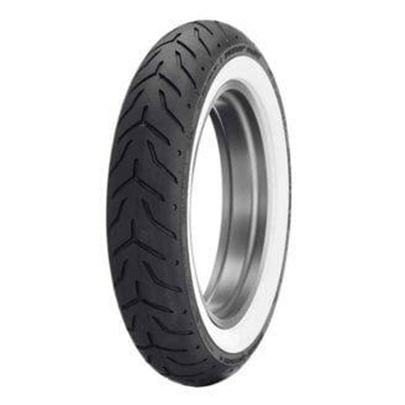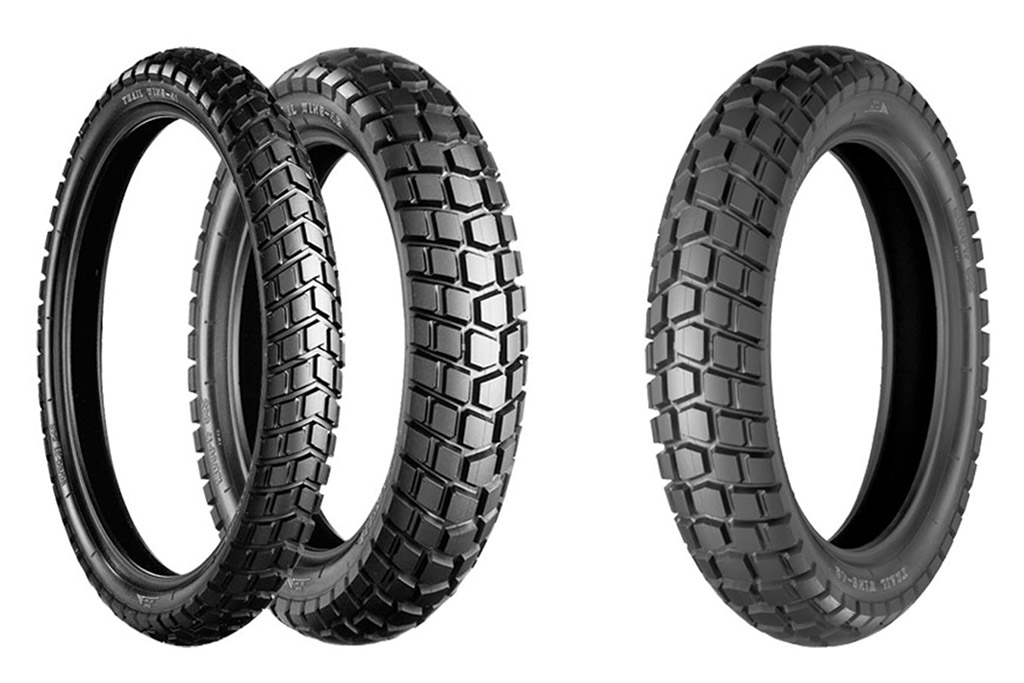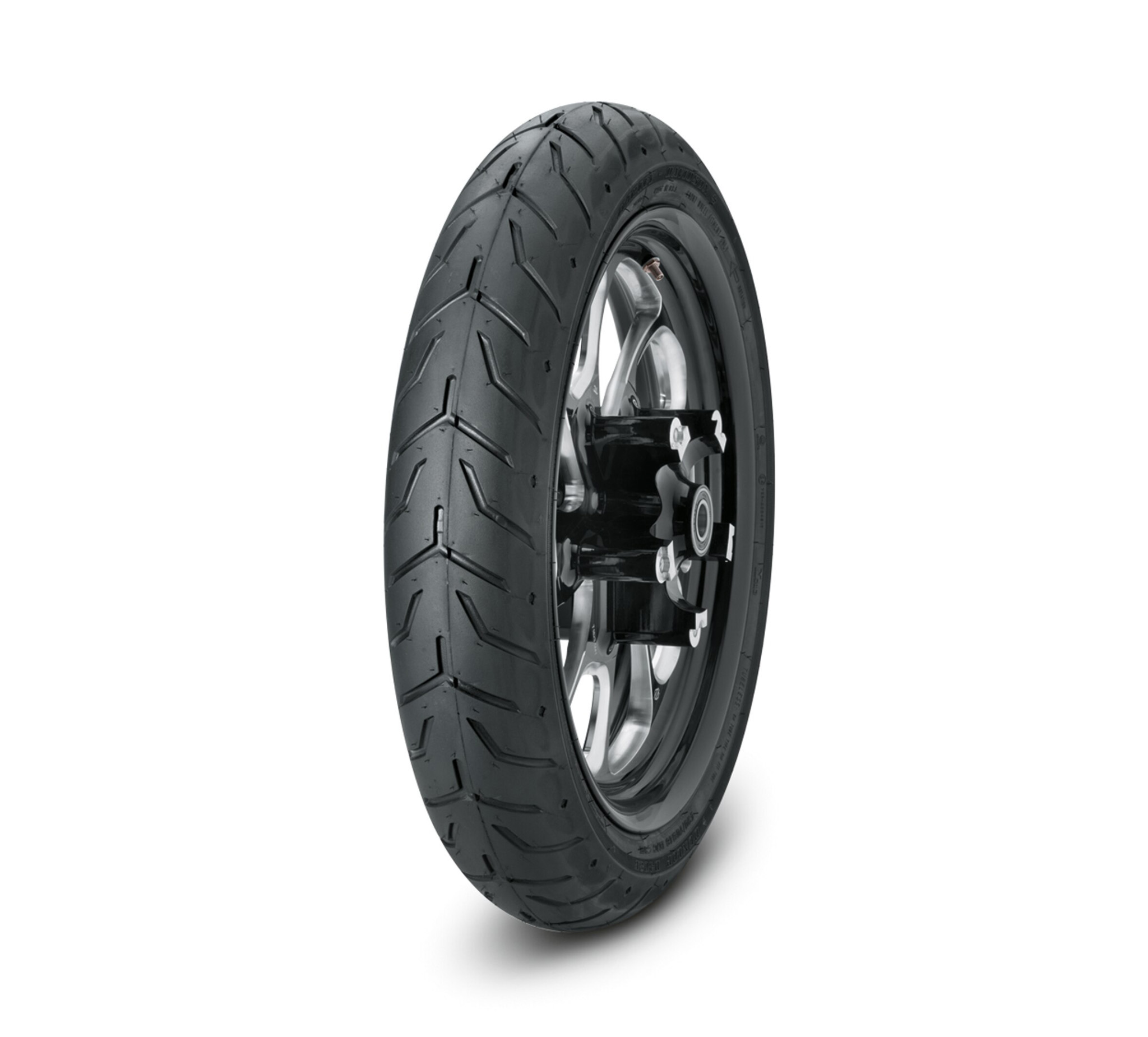Latest Motorcycle Tyre Guide for Contemporary Sport Bikes
Wiki Article
Find Out Why Routine Upkeep Is Vital With This All-inclusive Motorcycle Tyre Overview

The Value of Motorcycle Tire Maintenance
Usually forgotten, Motorcycle tire upkeep plays an important duty in guaranteeing both safety and security and efficiency. Neglecting this basic facet can bring about severe consequences, including decreased traction, increased quiting distances, and a greater risk of mishaps. Consistently evaluating tire stress is crucial, as under-inflated or over-inflated tyres can detrimentally impact handling and stability. Additionally, maintaining appropriate alignment and equilibrium is vital for maximizing wear patterns and lengthening tyre life.Tyre maintenance also includes inspecting for visible damage, such as cuts, slits, or protrudes, which can compromise structural honesty. Making sure that tires are complimentary from debris and impurities is essential to optimize grip on various surfaces. Eventually, regular interest to Motorcycle tire maintenance not just improves the riding experience yet additionally safeguards the biker's health, making it an indispensable practice for every single Motorcycle enthusiast.Exactly How to Inspect Footstep Deepness
To assure peak performance and security, checking the walk depth of Motorcycle tyres is a crucial upkeep job. Motorcyclists can analyze tread depth utilizing a straightforward method called the penny examination. By placing a penny right into the tread grooves with Lincoln's head facing down, one can identify if the tread suffices. If the top of Lincoln's head shows up, it suggests that the walk deepness wants and the tires need to be replaced.Additionally, numerous Motorcycle tires feature walk put on indicators, which are tiny elevated pens within the grooves. It signifies that the tyre has actually reached its restriction and needs attention when the tread puts on down to the degree of these indications. Regularly inspecting walk deepness not only improves grasp and stability but likewise improves general security, specifically in damp conditions. Keeping an ideal walk deepness is essential for optimal handling and performance when driving
Comprehending Tire Pressure and Its Impact
Comprehending tyre stress is essential for Motorcycle performance and security. Ideal pressure levels straight affect managing attributes and general stability on the roadway. Disregarding proper tire rising cost of living can bring about increased wear and possible safety and security threats.Optimal Stress Degrees
Keeping perfect tire stress is crucial for Motorcycle performance and safety and security - motorcycle tyre guide. Each Motorcycle model has actually certain suggested pressure degrees, usually located in the proprietor's guidebook or on a tag near the tyre. Appropriate pressure assurances that the tyre preserves prime call with the road, improving grip and stability. Under-inflated tyres can bring about excessive wear and decreased gas effectiveness, while over-inflated tires may lead to a rough experience and reduced hold. Cyclists are suggested to inspect tire pressure on a regular basis, ideally before each ride, utilizing a trusted gauge. Environmental variables like temperature can likewise affect tyre stress, demanding changes with seasonal adjustments. Constant tracking of tyre stress contributes considerably to general Motorcycle performance and long lifeResults on Managing
Correct tyre stress greatly affects Motorcycle handling and general performance. When tires are inflated to the supplier's suggested levels, they offer ideal call with the road, boosting hold and stability during cornering and stopping. On the other hand, under-inflated tires can result in slow-moving handling, boosting the risk of skidding or shedding control. Over-inflation, on the other hand, can result in a harsher experience and reduced traction, especially on unequal surface areas. Preserving appropriate tyre pressure warranties that the Motorcycle reacts naturally to rider inputs, permitting accurate navigating with turns and improving general ability to move. Regular checks of tire stress are essential, as changes can take place as a result of temperature level changes or all-natural air loss, directly influencing the Motorcycle's handling qualities.Safety Factors to consider
While numerous bikers may underestimate the value of tire stress, it plays a vital function in assuring Motorcycle security. Appropriate tyre pressure directly impacts grasp, security, and stopping effectiveness. Under-inflated tires can bring about raised wear, minimized taking care of responsiveness, and a higher risk of blowouts. On the other hand, over-inflation can compromise traction, specifically on wet surfaces, and might lead to an extreme ride. On a regular basis checking and maintaining the correct tire stress not only improves safety yet likewise boosts fuel efficiency and prolongs tyre lifespan. Bikers ought to utilize a trusted stress gauge and speak with producer specifications to validate suitable levels. By prioritizing tyre pressure, motorcyclists can substantially decrease the possibility of accidents and appreciate a safer riding experience.Determining Indications of Use and Tear
Identifying indicators of damage on Motorcycle tyres is essential for safety and efficiency. Regular aesthetic examinations can disclose problems such as splits, bulges, or irregular wear, while monitoring tread deepness is necessary for preserving grip. Additionally, any kind of visible changes in resonance or handling may suggest an underlying trouble that requires attention.
Aesthetic Evaluation Techniques
A detailed visual inspection is vital for keeping Motorcycle tyres and making certain safety on the road. Motorcyclists must frequently take a look at the tyres for any noticeable damage, such as cuts, slits, or bulges, which may suggest much deeper issues. Examining for irregular wear patterns can also give understanding into potential placement or pressure troubles. Furthermore, examining the sidewalls for cracks or staining is crucial, as these can endanger tyre stability. Cyclists should take note of the shutoff stems, ensuring they are not harmed and are functioning correctly. Assessing the general condition of the tire surface area for any international objects lodged within the tread can help stop abrupt failings. Regular aesthetic assessments can greatly enhance safety and lengthen tyre life.Tread Depth Significance
Understanding the importance of site link step deepness is necessary for Motorcycle security, as not enough walk can greatly reduce grasp and control. Riders need to regularly check their tire tread deepness utilizing a walk depth gauge or the penny test. A depth of a minimum of 1.6 mm is crucial for peak efficiency. Signs of wear consist of uneven patterns, bald areas, and splits in the rubber. It suggests that replacement is essential if the walk appears smooth or does not have defined grooves. Additionally, monitoring tread endure both back and front tires is significant given that various wear prices can impact taking care of. On a regular basis reviewing tread depth not only enhances safety and security yet likewise lengthens the life of the tires, ensuring a smoother riding experience.Vibration and Handling Modifications
Changes in resonance and handling can indicate potential problems with Motorcycle tyres that necessitate interest. If a rider notices unexpected resonances, it may show irregular wear, interior damages, or incorrect rising cost of living. These resonances can diminish the general riding experience and compromise safety. Furthermore, if the Motorcycle feels unstable during turns or has trouble preserving a straight line, it suggests feasible tyre misalignment or walk destruction. Regular look for wear patterns, bulges, or splits on the tire surface can help recognize these issues early. Ignoring such indicators can cause more issues, consisting of tire blowouts or loss of control. Promptly attending to vibration and taking care of adjustments ensures a much safer and more delightful trip for motorcyclists.The Role of Tyre Turning and Positioning
Regular tire turning and appropriate positioning are crucial for taking full advantage of the life expectancy and efficiency of Motorcycle tyres. Tyre turning helps ensure even wear throughout all tyres, which is particularly essential as Motorcycle tyres can wear erratically as a result of varying lots distribution and riding routines. By periodically changing the position of each tire, riders can achieve more regular efficiency and lengthen the life of their tyres.Proper placement, on the other hand, ensures that the tires make optimal call with the road surface. Imbalance can lead to too much wear, reduced gas performance, and compromised handling. On a regular basis checking and adjusting the wheel alignment not just enhances safety and security yet likewise enhances overall ride quality.Together, tyre rotation and placement add to a smoother ride, far better handling, and a decreased danger of blowouts or various other tyre-related occurrences, eventually supplying a much safer and more pleasurable Motorcycle experience.When to Replace Your Motorcycle Tyres
Just how can a rider determine the correct time to replace Motorcycle tyres? Recommended Reading Several key indicators can indicate anchor the need for tyre substitute. To start with, tread depth is important; tires should preferably have at least 1.6 mm of walk for sufficient grasp. Bikers can utilize a step deepness gauge or the penny test to examine this. Furthermore, noticeable indicators of wear, such as cracks, bulges, or uneven wear patterns, can suggest compromised tire integrity. Age is one more factor; most suppliers recommend changing tires every 5 to 6 years, despite step wear. Ultimately, if a cyclist experiences constant managing issues or reduced traction, this may recommend the tyres are past their prime. Regular inspections can help assure that Motorcycle tires stay in peak problem, enhancing safety and efficiency when driving. Comprehending these signs can empower motorcyclists to make educated decisions about tire replacement.Finest Practices for Tire Treatment and Storage Space
When thinking about tyre substitute, correct care and storage are just as essential for expanding the life of Motorcycle tyres, while several cyclists focus on walk depth and wear. Routine cleansing helps remove debris and contaminants that can weaken rubber substances. Riders should use a gentle soap solution and a soft brush to clean tyres without causing damage.When saving tires, they should be kept in a trendy, dry place away from direct sunlight and resources of warmth - motorcycle tyre guide. Ideally, tires should be kept upright to keep their form, preventing stacking or hanging, which can create distortion. When possible, avoid saving them on concrete floors, as wetness can permeate into the rubber.Additionally, keeping optimal tire pressure is crucial; under-inflated tyres can bring about enhanced wear and jeopardized handling. By following these best techniques, cyclists can ensure their Motorcycle tyres stay in excellent condition, boosting safety and performance on the roadwayFrequently Asked Questions
Can I Make Use Of Auto Tyres on My Motorcycle?
Using auto tyres on a motorcycle is not advisable. Motorbikes need specialist tires developed for different weight distribution and handling. Making use of auto tyres can jeopardize security, efficiency, and overall riding experience, causing prospective mishaps.What Is the Life-span of a Bike Tire?
The lifespan of a motorbike tire normally varies from 5,000 to 15,000 miles, depending on factors such as riding style, upkeep, and road problems. Regular inspections can help establish when substitute is required for safety and security.Just How Do Weather Affect Motorcycle Tyres?
Weather significantly affect Motorcycle tires, affecting grip and wear. Rainfall can decrease grip, while extreme warm may cause faster deterioration. Cold temperatures can solidify rubber, resulting in reduced efficiency and enhanced threat of mishaps.Are Premium Tyres Worth the Additional Price?
The inquiry of whether premium tyres justify their greater rate frequently arises. Many specialists assert that exceptional materials and efficiency can enhance security, durability, and riding experience, making them a rewarding investment for major riders.Can Tire Brands Affect Motorcycle Efficiency?
Tire brand names considerably influence Motorcycle efficiency. Quality tyres supply much better resilience, hold, and security, boosting overall handling and security. Bikers may experience enhanced trip convenience and responsiveness, leading to an extra enjoyable and regulated riding experience. If the top of Lincoln's head is noticeable, it shows that the walk deepness is not enough and the tires must be replaced.Additionally, many Motorcycle tires feature walk use indications, which are tiny increased pens within the grooves. Routine tyre rotation and correct alignment are necessary for optimizing the life expectancy and efficiency of Motorcycle tires. Tyre rotation aids guarantee also use throughout all tires, which is especially crucial as Motorcycle tyres can put on unevenly due to varying lots circulation and riding behaviors. While several riders focus on tread depth and wear when thinking about tyre substitute, proper treatment and storage space are just as crucial for prolonging the life of Motorcycle tires. If feasible, prevent saving them on concrete floorings, as dampness can leak right into the rubber.Additionally, maintaining optimal tyre pressure is crucial; under-inflated tires can lead to increased wear and jeopardized handling.Report this wiki page